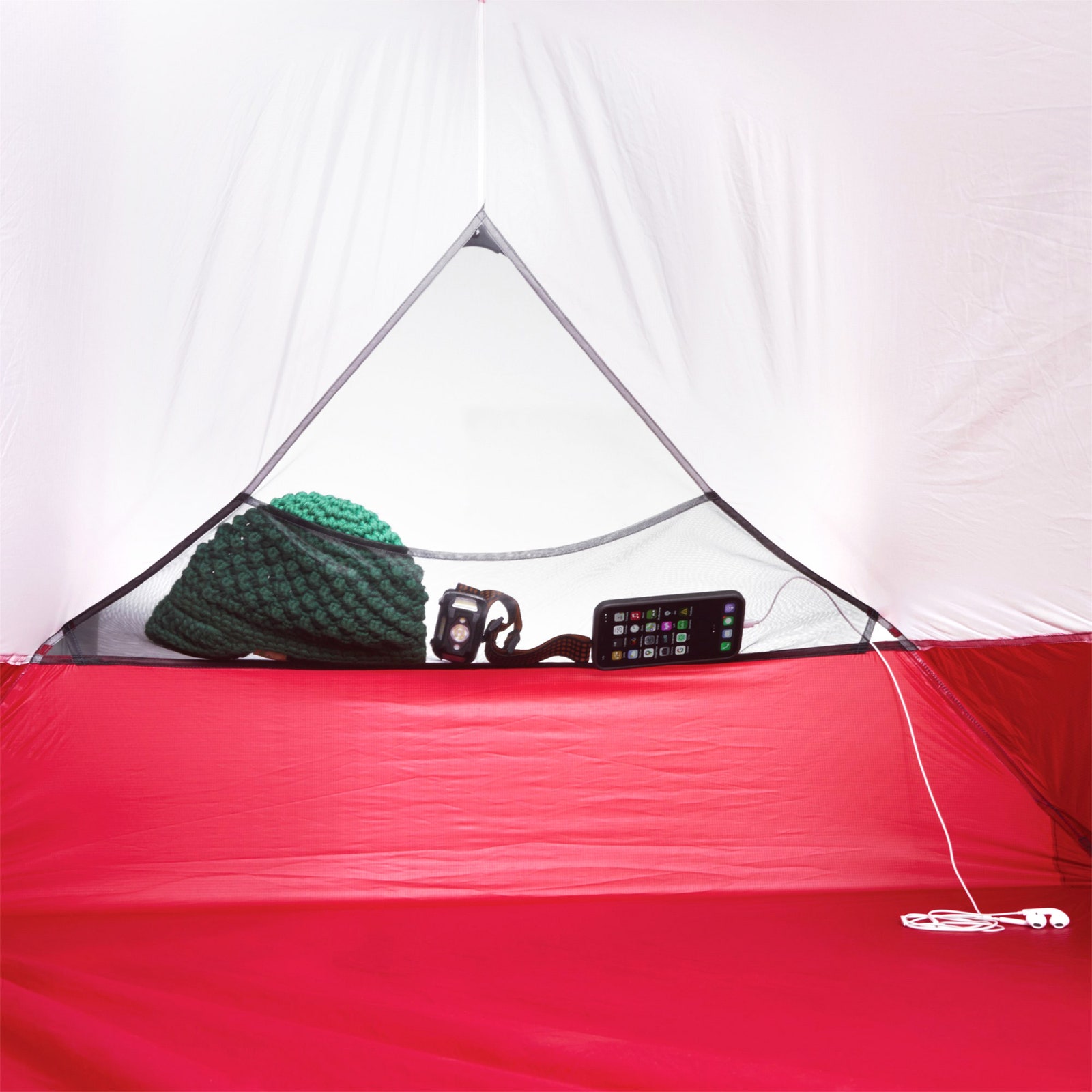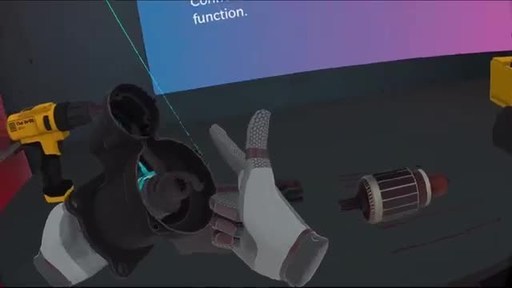[ad_1]
I’ve found that Mountain Safety Research (MSR) tends to arrive at an impressive iteration of a product and then stick with it. Most outdoor gear companies tend to eventually ruin their best products with incessant cost-cutting and penny-pinching, but they should take a page from MSR’s book.
That said, when you refresh your products, it’s a good idea to look at what your peers are doing. MSR’s Hubba Hubba NX backpacking tent, which was redesigned for 2022, could’ve used a few more minor changes to keep it from feeling outclassed by its increasingly strong competition.
Blowin ‘in the Wind
The Hubba Hubba NX is available in one-, two-, and three-person versions. I tested the two-person version and took it out for a week of hiking in Texas’ Big Bend National Park, from chilly forested mountains to 95-degree desert hikes.
MSR cut 10 ounces — a significant amount of weight — off the two-person, pre-2022 Hubba Hubba NX. It now weighs only 3 ounces more than the Big Agnes Copper Spur UL2, and is 6.5 ounces lighter than the Sea to Summit Telos TR2. MSR did this without reducing its 29 square feet of floor space inside, and new poles make the walls stand more vertically, making it feel roomier inside. The Copper Spur measures the same, and the Telos is nearly the same, at 28 square feet.
Freestanding tents do not need to be staked out to set up fully, and they tend to withstand high winds better than non-freestanding or semi-freestanding (which only require a few stakes). That came in handy in the desert, where at times the concrete-like desert floor wouldn’t let me drive even a titanium nail peg into the earth. For high winds, I’d pull each guyline out and drop a heavy rock on it, but on calmer nights I just threw my gear in the tent to weigh it down and went to sleep.
Some strong gusts battered the Hubba Hubba NX around in the open desert at night, as the cool breezes rolled down the Chisos Mountains at dusk each night and sent a chill over the desert floor where I made camp most nights. I wasn’t able to find out the wind speed — to my extreme delight, there was no cell signal on the Dodson Trail — but the tent held solidly with barely a ripple all night long.
Most people only need a three-season tent, which is much cheaper and lighter than a four-season one, which is really more for ultra-low temperatures, very high winds, and snow. My coldest night in the three-season MSR was in the low 40s Farenheit, and using a 20-degree Marmot sleeping bag atop a closed-cell foam sleeping pad, I had no complaints. It has a pop-out vent that you can close or keep open. The MSR ventilated fresh air as well as other premium tents, which is to say it never felt stuffy, like cheaper tents sometimes do.
Pocket-Sized Problems
At 5 feet and 10 inches tall, I can lie down in most ultralight tents with only a slight bit of clearance between the tent walls and the ends of my sleeping bag. The Hubba Hubba NX is far from the only tent to put a big mesh pocket down by the foot end of the tent, but it rubs me the wrong way every time I see it. Whenever I’d put anything in there, it’d sag down and bulge against my feet — not the most comfortable thing when trying to sleep.
Ultralight tents make a few sacrifices to get the weight down low. The MSR uses 20-denier ripstop nylon for the tent floor and walls, and 10-denier polyester mesh for the breathable parts of the inner tent wall. Typical double-wall tents will use the same fabrics for the semi-permeable inner wall and more water-resistant outer wall, but they’ll be heavier and thicker, such as 60 or 75 deniers, and have larger zippers that tend to work more effortlessly.
On any ultralight gear, it is important for the zipper to work with minimal effort and not to catch any fabric in its teeth while zipping and unzipping. With the fabric being so thin, it’s much easier for a caught zipper to tear it. At the very least, you’re then looking at a tent repair on your expensive shelter, and maybe a few wet nights if it happens while you’re on a trip.
The MSR’s two tiny zippers on the inner tent wall’s door weren’t as smooth as I’d have liked, so I had to use more force with them than I was comfortable with. More force equals more potential to tear the fabric, and even with a light touch, the zippers were already more catch-prone than the zippers on competing ultralight tents. Cranky hardware was a theme; I had to use more force than normal to put the Easton Syclone tent poles together and take them apart, compared to other ultralight tents in this price range that tend to use poles from DAC.
Zipping Up Some Final Thoughts
The Hubba Hubba NX isn’t a bad tent. In fact, it’s not even mediocre: It’s a good tent, but even though it nails the major aspects of good wind resistance, lightweight design, and interior room, it falls down on the details: zippers, poles, and pockets. The Big Agnes Copper Spur UL2 and Sea to Summit Telos TR2 outclass the $ 480 Hubba Hubba NX by brandishing less finicky tent poles and zippers, more thoughtful interior pocket placement, and they don’t cost much more.
If all you’re looking for is a tent to drive up to a campground and pitch on a reserved site, then forego ultralight tents entirely and buy something cheaper and more durable, such as the REI Co-op Trail Hut 2. But if you need an ultralight tent for your next adventure and the Copper Spur and Telos are sold out, as they often have been lately, then the Hubba Hubba NX is a fine choice. For nearly $ 500, though, “fine” can be a tough pill to swallow.
[ad_2]
Source link



